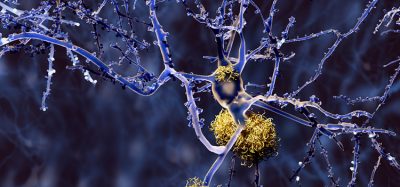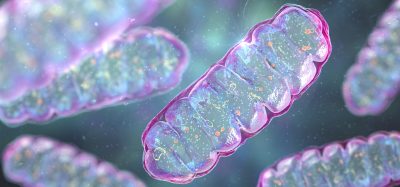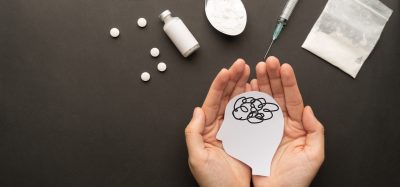Human-derived proteins used in DREAM tool
Posted: 16 October 2023 | Drug Target Review | No comments yet
CRISPR-DREAM tool used to activate insufficiently expressed genes and convert skin cells to induced pluripotent stem cells (iPSCs).


Published in Nature Methods, Rice University bioengineers developed a tool that activates silent or insufficiently expressed genes using human-derived proteins termed mechanosensitive transcription factors. These naturally enable cells to switch on specific genes in response to mechanical cues.
Called CRISPR-DREAM, which stands for CRISPR-dCas9 recruited enhanced activation module or DREAM for short, the tool is smaller, more effective and less toxic to medically useful cell types compared to other technologies used to control gene expression. It may enable safer cell and gene therapies and more accurate disease models to address haploinsufficiency disorders which cause several difficult-to-treat conditions like epilepsy, some forms of cancer, immunodeficiency and Alzheimer’s disease (AD).
Dr Isaac Hilton, Assistant Professor of Bioengineering and Biosciences at Rice University, said: “Many human diseases are driven by problems with too little of a gene being produced.” He continued: “You encounter these health issues where people don’t make enough of a certain protein or gene product, and in those cases, unfortunately there are often few therapeutic options.”
To address this problem, researchers have utilised CRISPR-based targeting systems to create cutting-edge synthetic transcription factors. The majority of these tools are built with materials of nonhuman origin, which may come with unwanted side effects.
“One challenge with some of the current technologies is that they are built using viral proteins that have evolved to reprogram how our cells work, and they do so in ways that are of course not necessarily beneficial,” Hilton said. “And even though virally derived elements can be engineered to work for the host cell’s benefit, we and others have observed in our research that they can still cause some toxicity in human cells.”
Instead of relying on virally derived proteins, Barun Mahata, a postdoctoral researcher in Hilton’s lab and the study’s lead author, endeavoured to employ transcription factors that human cells already produce and use. Mahata fused the specific parts of these proteins responsible for activating genes to CRISPR-based programmable delivery platforms with a method intended to enhance their transcriptional powers.
“We harnessed the natural ability of human-derived transcription factors, or proteins responsible for gene synthesis in the cells of our body,” said Mahata. “The transcription activation units we built function in a very precise way. They induce gene activity where we target them and can activate very rapid and robust transcription.”
They also help tackle another disadvantage of current synthetic gene-activation platforms, which are often too large for efficient delivery to human cells.
“What we did was look for small segments of human proteins that we could leverage to apply these technologies in human cells more effectively,” said Hilton. “When we started this project of building synthetic transcription factors with human-derived proteins, we wanted to identify the ideal source material with compactness being one key factor.”
Human mechanosensitive transcription factors ⎯ proteins that our cells and organs use to respond to mechanical forces ⎯ met the researchers’ criteria, being relatively small, quick-acting and widely used by nearly all human cell types.
Additionally, the team activated up to 16 different locations on the genome simultaneously, a record number for synthetic transcription factors.
“The reason why that capability is particularly important is because when our cells perform a function, it’s not just that they turn on a single gene,” Hilton explained. “Instead, they typically turn on whole constellations or networks of genes in concert. And we can now use these synthetic transcription factors to mimic and engineer what our cells do naturally.”
The researchers showed that the DREAM tool can be used to convert skin cells to induced pluripotent stem cells (iPSCs) in a dish as a proof of concept exercise, a feat that Hilton says carries “tremendous biomedical utility” in the future.
Related topics
CRISPR, Induced Pluripotent Stem Cells (iPSCs)
Related conditions
Alzheimer's disease (AD), Cancer, Epilepsy, Immunodeficiency
Related organisations
Rice University







